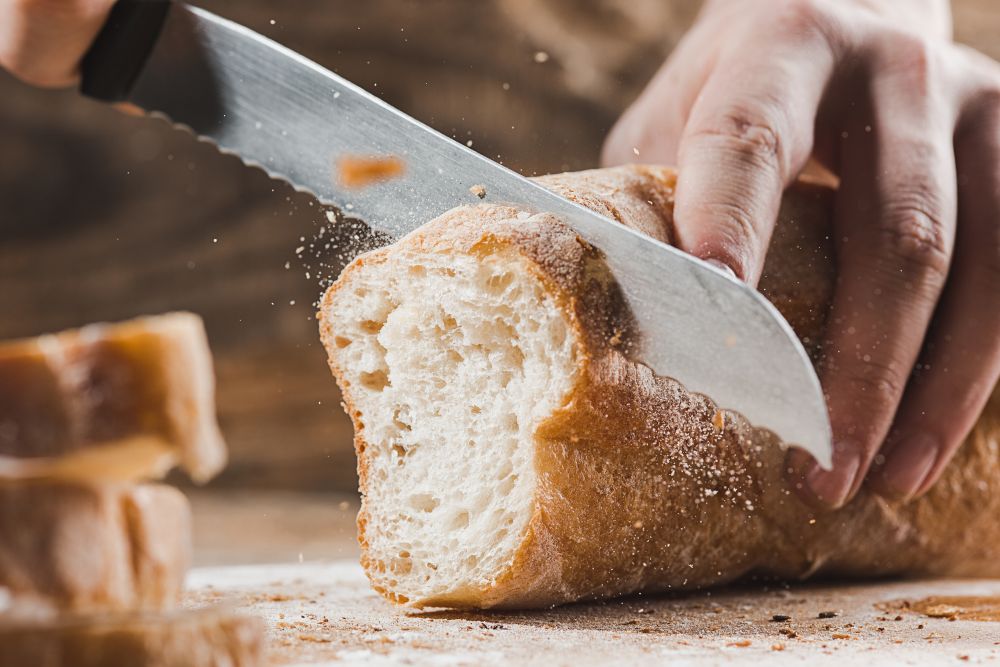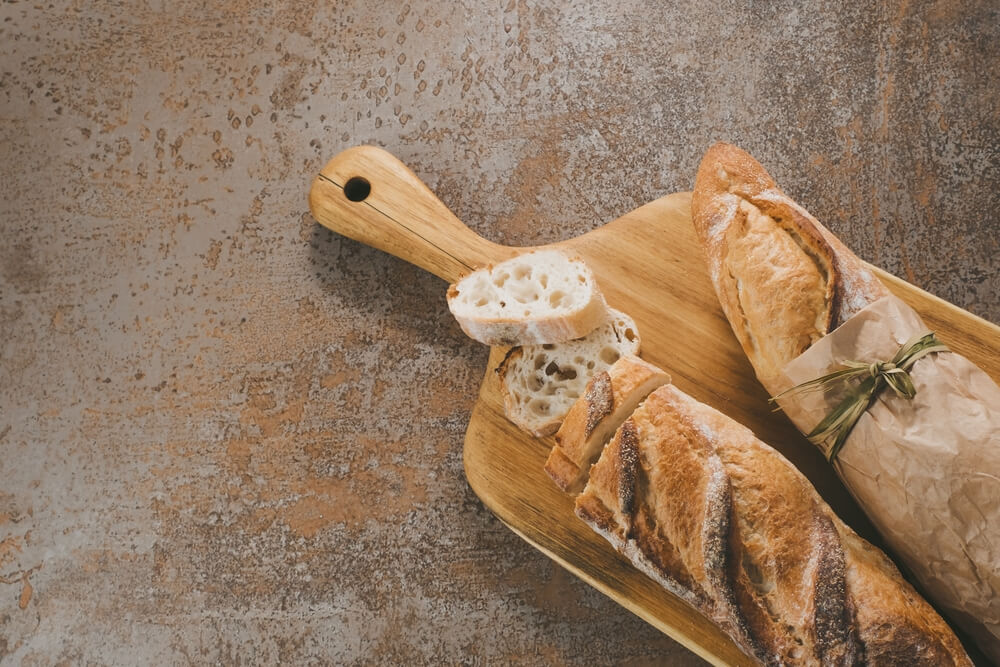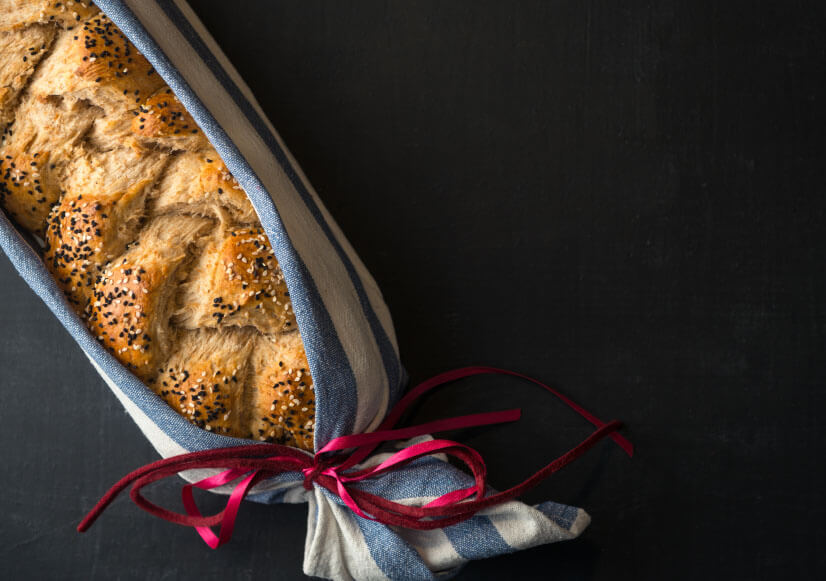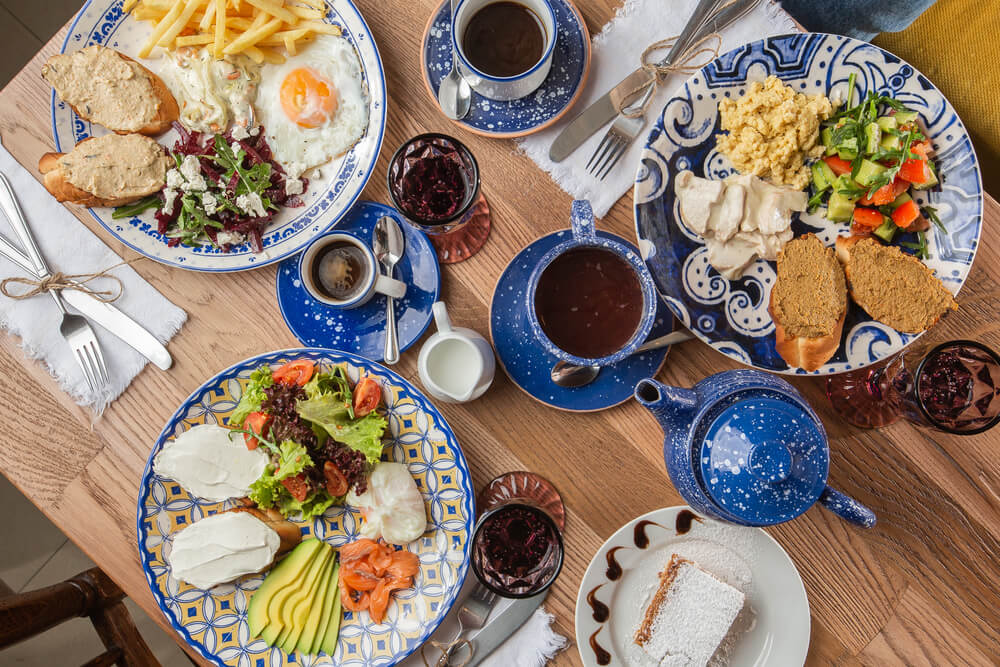How to sharpen bread knives like a pro
Has your knife seen better days but you’re not sure how to get it back into tip-top shape? If they’re serrated, there is often a school of thought floating around the place that it isn't possible to sharpen them at all – or at least it’s not encouraged. But with the proper instruments and the right care, you can give your knife some T.L.C, giving it an extended lifespan and more effective use.
What are the different ways of keeping your bread knife sharp?
There are many different tools available to give your serrated bread knives some love, but the most simple and effective is the ceramic rod. All you have to do is lay the tool flat with the side you want to be sharpened facing up. Then, run the rod through each serration. Carefully wash the rod to remove steel filings, and you will have a freshly maintained serrated knife that will easily slice through bread.
You can also invest in a sharpening stone, but these are more designed for flat chef's knives. You can still use them to do the job on individual serrated parts, but this will be incredibly time-consuming and frustrating.
Which method is right for you?
- Ceramic rod: As we said above, This option is more manual than others and is harder to pull off. The benefit, though, is that it does give the best results. If attention-to-detail is a big priority for you, then this is the most suitable option for your kitchen.
- Electric appliances: These products make your culinary adventures a breeze. You simply slide your knife into the appliance and it does the work for you. The problem is that not all of your favourite knives may fit, and there’s a risk you can damage them – when comparing them to alternatives. Additionally, there’s less flexibility when it comes to angling these tools for the best possible result.
How often should you sharpen your knife?
As long as you are taking good care of them, they should stay in perfect shape for a very long period of time (depending on the quality). It is recommended that you give them a touch up every couple of months, and have them professionally attended to every one to two years.
Are there any designs that shouldn’t be sharpened?
This brings us back to serrated bread knives. The highest quality ones will rarely need any care, mostly because the jagged parts cut through bread even when they become dull. Some are marketed as never needing any maintenance, but this is not true; every knife has an end of life. But if you look for a quality option made from high-quality steel and has a coating to prevent degradation, it will last for many, many years.
There are also zirconia knives made from a ceramic which is essentially a man-made diamond and almost as strong. These knives are not recommended for cutting bread because they can chip easily and are more suited to delicate cutting like meat and fish.
How do you keep bread knives sharp?
One of the best strategies is to ensure your bread knife doesn’t become dull in the first place. There are some simple methods you should follow to keep them tip-top for longer, including:
- Washing them by hand: Dishwashers can be harsh and can cause quality blades to degrade and become blunt rapidly. We recommend handwashing them, along with any other baking tools – be it your cake scraper, spoons or anything else integral to your preparation process.
- Invest in a good cutting board: The surface you are putting your knives on will have a considerable influence on the shelf life of them, too. Quality wooden boards are best although plastic and polyethylene options will keep your blades in the best shape for longer.
- Properly storing your knives: A wooden block is essential to house these utensils properly. Keeping them in a draw full of other equipment or exposed to the environment will cause them to degrade quicker.
For the full range of quality, authentic bread-making tools – like original bakers bread scoring lames – ensure you check out Banneton Man.





